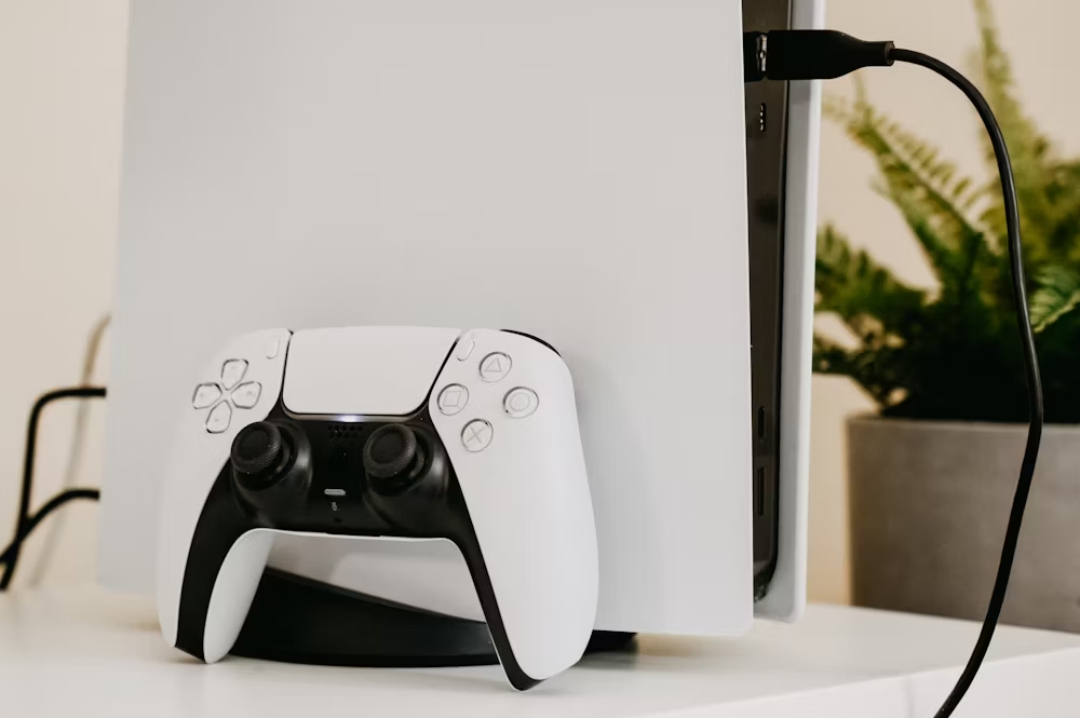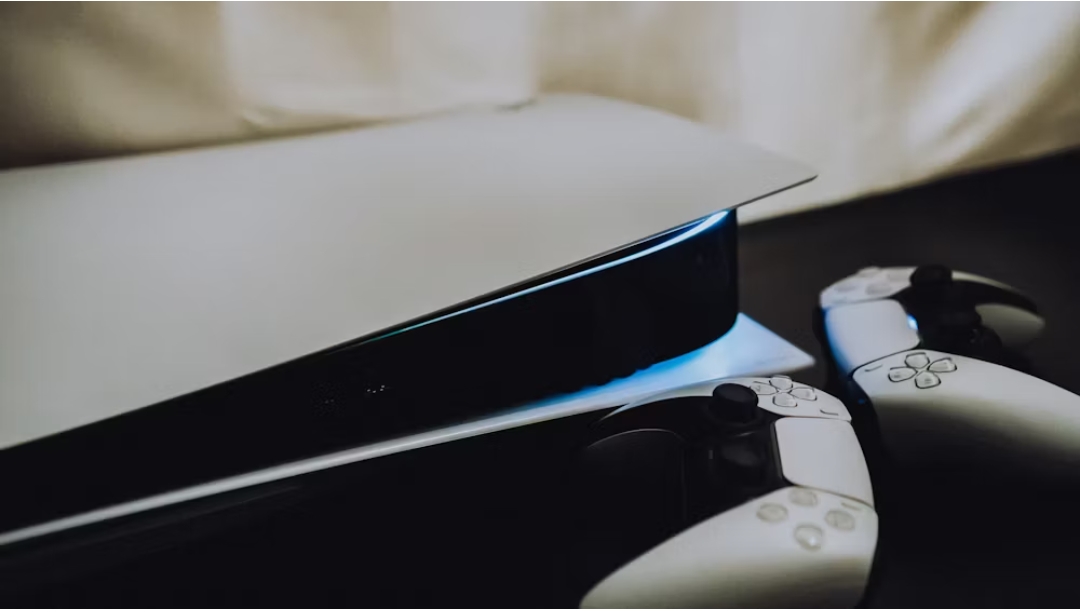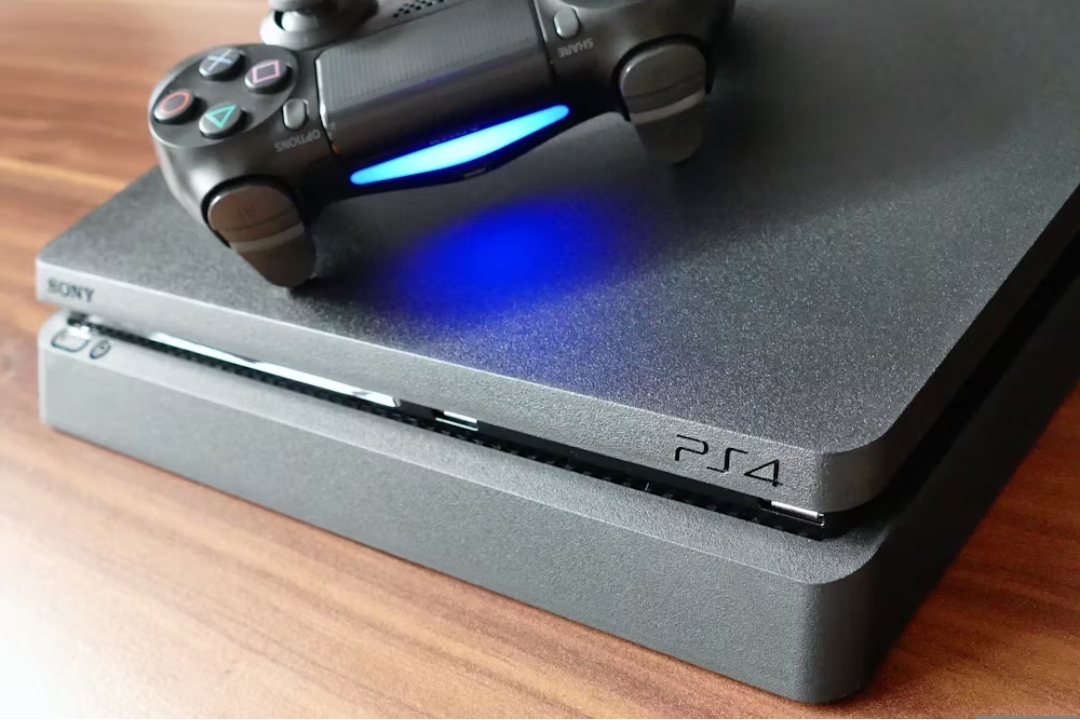How to Replace a PS4 Hard Drive Without Losing Game Data

Replacing your PS4’s hard drive is a fantastic way to improve storage capacity or boost system performance, especially if you’re running low on space for games or need faster load times. With the right steps, you can switch out your drive without losing any of your saved data or settings. Here’s everything you need to know.
Why Upgrade Your PS4 Hard Drive?
For many gamers, the 500GB standard PS4 hard drive can fill up quickly. With larger games demanding significant storage space, upgrading to a bigger hard drive or an SSD can be a game-changer. Beyond just storage, upgrading to an SSD (Solid State Drive) brings faster load times and smoother performance, which is particularly beneficial for game enthusiasts.
Table of Contents
ToggleBackup Essentials: What You Need Before Starting
Upgrading your hard drive will erase everything on the PS4, so it’s critical to back up your data. To do this, you’ll need an external hard drive or USB storage device with enough space to store your PS4 data. Here’s a closer look at what you need and how to prepare.
- External Storage Device: This could be a USB drive or external hard drive formatted to FAT32 or exFAT.
- Internet Connection: To download the latest system software for PS4.
- Phillips-head screwdriver: Required for removing the screws on the PS4’s hard drive casing.
Backing Up Game Data
- Go to Settings > System > Back Up and Restore on your PS4.
- Connect the external drive to the PS4 and choose Back Up PS4.
- Follow the prompts to complete the backup process, which may take some time depending on the amount of data.
Make sure to disconnect the drive once the backup is complete, and store it in a safe location.
Downloading System Software
Before installing your new hard drive, you’ll need a copy of the latest PS4 system software:
- Download the full PS4 system software from the official PlayStation website (look for the “System Update” section).
- Format your USB drive to FAT32, then create a folder named “PS4” and a subfolder called “UPDATE.”
- Place the downloaded system file in the “UPDATE” folder and rename it to “PS4UPDATE.PUP” so the console can recognize it during the installation.
Choosing the Right Hard Drive for Your PS4
When selecting a new drive, ensure it meets PS4 requirements: a 2.5-inch drive (either HDD or SSD) with a thickness no greater than 9.5mm. Both HDDs and SSDs are viable options, each with unique advantages.
Compatible Hard Drives and SSDs
While any 2.5” SATA drive under 9.5mm should fit, some models are particularly well-suited for PS4:
- Standard HDDs: Affordable and spacious but slower.
- SSDs: More costly but significantly faster in performance.
Benefits of SSD vs. HDD
If you want quicker load times, an SSD is an excellent choice. However, SSDs can be more expensive. An HDD still offers good performance at a lower price, making it ideal for gamers focused on expanding storage without additional cost.
How to Physically Replace the PS4 Hard Drive
Removing the Old Hard Drive
- Power off the PS4 completely and unplug it.
- Slide off the plastic cover from the left side of the PS4 to access the hard drive tray.
- Use a Phillips-head screwdriver to remove the screw securing the hard drive in place.
- Pull the hard drive gently to remove it from the PS4.
Installing the New Hard Drive
- Slide the new drive into the tray with the connectors aligned, and secure it with the screw.
- Reattach the plastic cover.
- Plug the PS4 back in and power it on. The PS4 will prompt you to connect the system software for setup.
Read Also: How to Set Up HDR Gaming on PS4
Reinstalling the PS4 Software
Loading the System Software from USB
- Insert the USB drive with the system software into the PS4.
- Boot the PS4 in Safe Mode by holding the power button for 7 seconds until it beeps twice.
- Select Initialize PS4 (Reinstall System Software) and follow the prompts to install the software.
Initial Console Setup After Installation
Once the installation completes, go through the initial setup. This includes language selection, time zone setup, and internet connection configuration, just like setting up a new console.
Restoring Backed-Up Data to Your PS4
Using External Storage to Restore Data
- Connect your external drive with the backup to the PS4.
- Go to Settings > System > Back Up and Restore > Restore PS4.
- Choose the backup file and select Restore to transfer your saved data.
Verifying All Data Has Restored Correctly
After restoration, double-check that your games, apps, and settings are intact. You may need to sign into PSN to re-download any digital purchases or updates.
Troubleshooting Common Issues
What to Do if PS4 Doesn’t Recognize the Drive
If the PS4 fails to recognize the new drive, check that it’s securely connected and formatted correctly. Ensure the system software file is named accurately as “PS4UPDATE.PUP.
Handling Error Messages During Software Update
Error messages may appear if there’s an issue with the update file or USB format. Recheck the USB drive’s format (FAT32) and redownload the system software if needed.
Conclusion
Replacing your PS4 hard drive is a straightforward process that offers substantial benefits. Whether you’re upgrading for storage or speed, taking the time to back up and restore your data ensures a seamless transition. With a new hard drive, your PS4 will have the storage capacity and responsiveness to meet all your gaming needs.
FAQs
- Can I use any hard drive in my PS4?
Only 2.5-inch SATA drives with a maximum thickness of 9.5mm will fit in the PS4. - Do I need an SSD, or will an HDD work fine?
An HDD works well for storage needs, but an SSD offers faster load times. - Does upgrading my PS4 void the warranty?
No, replacing the hard drive does not void the PS4 warranty. - What should I do if the PS4 can’t read my USB drive?
Ensure it’s formatted to FAT32 or exFAT, as other formats won’t work. - How much storage can I add?
You can add up to 2TB with the right drive. - Can I save my data to the cloud instead of an external drive?
Yes, if you have a PS Plus subscription. - Is it worth upgrading to an SSD?
SSDs provide faster speeds but are more expensive than HDDs. - What size USB drive do I need?
At least 2GB for the system software update. - How long does the whole process take?
Backing up and restoring can take a couple of hours, depending on data size. - Can I re-download purchased games after installation?
Yes, you can re-download them from the PS Store under your account.









